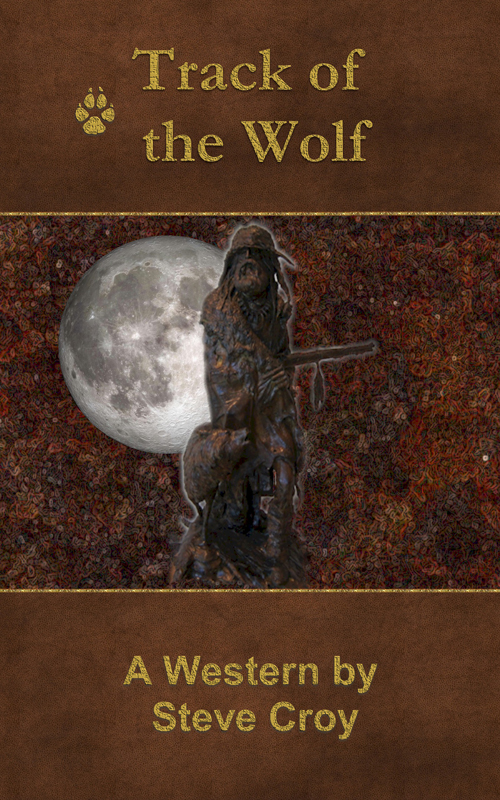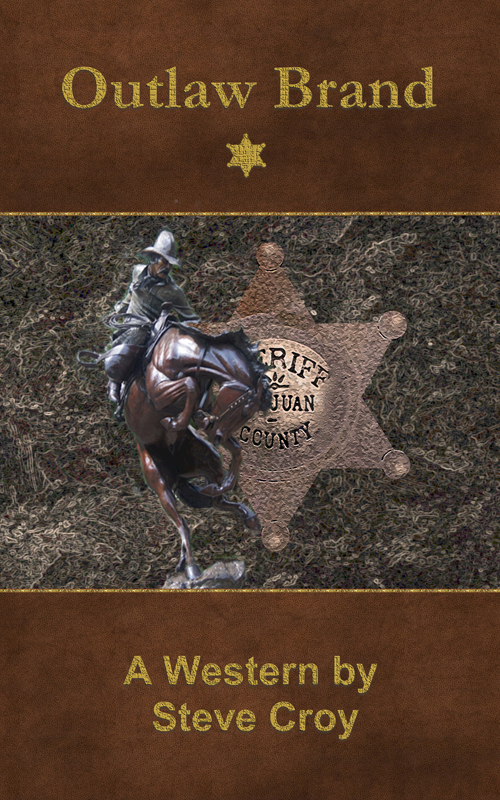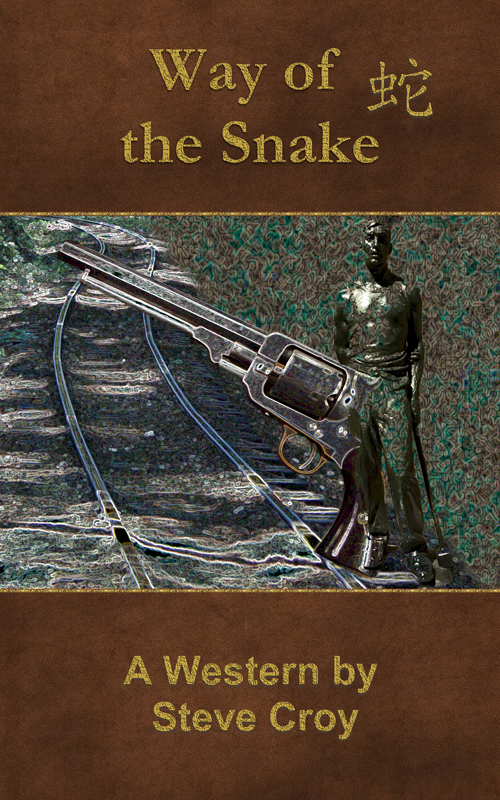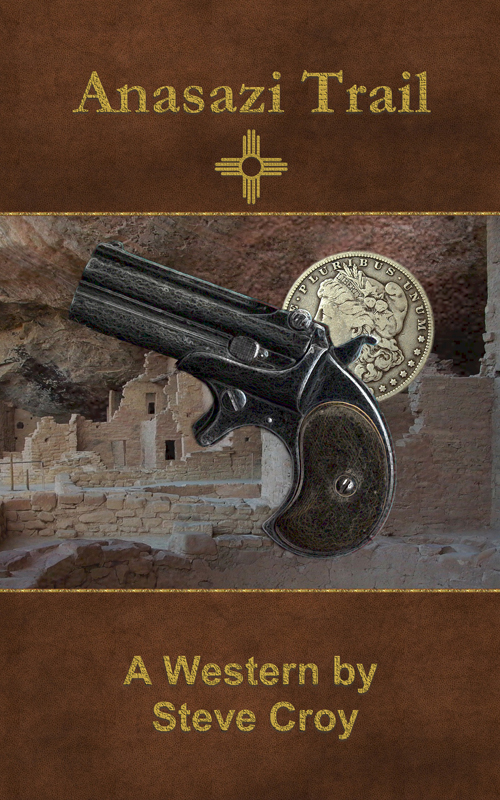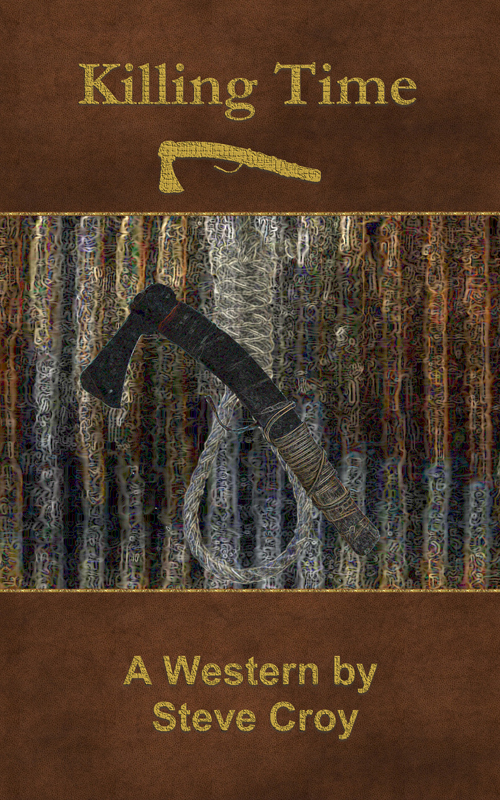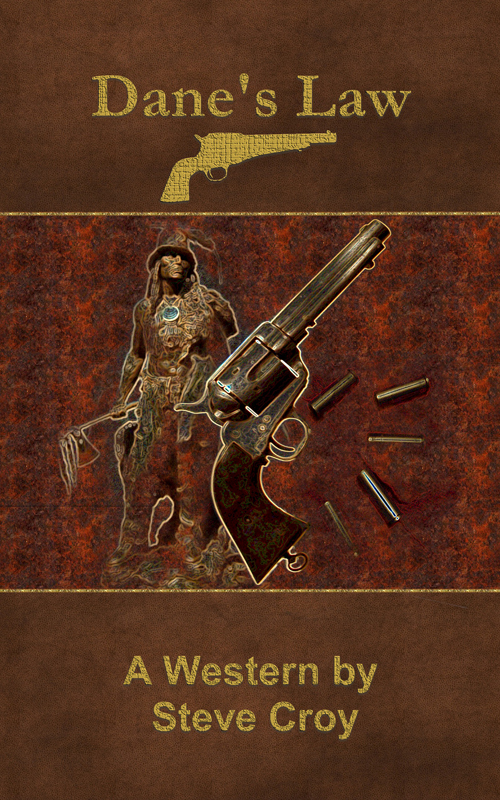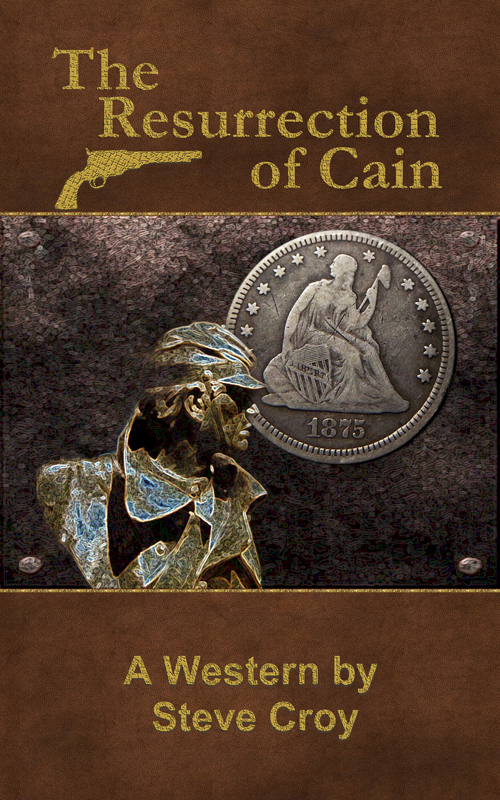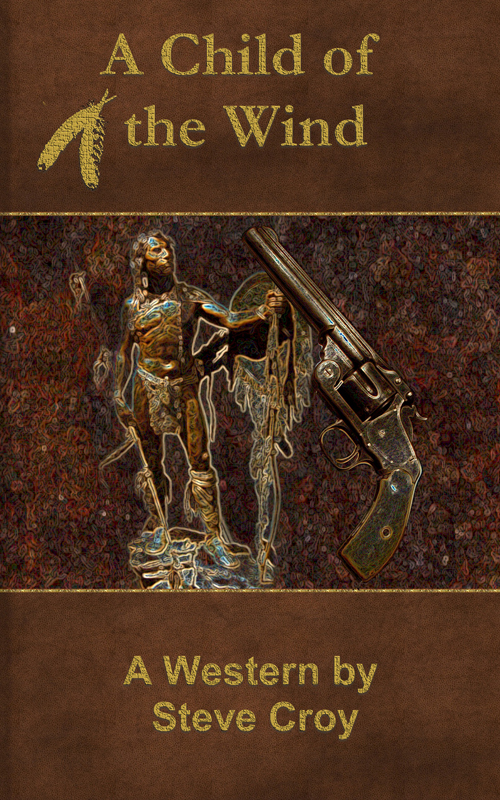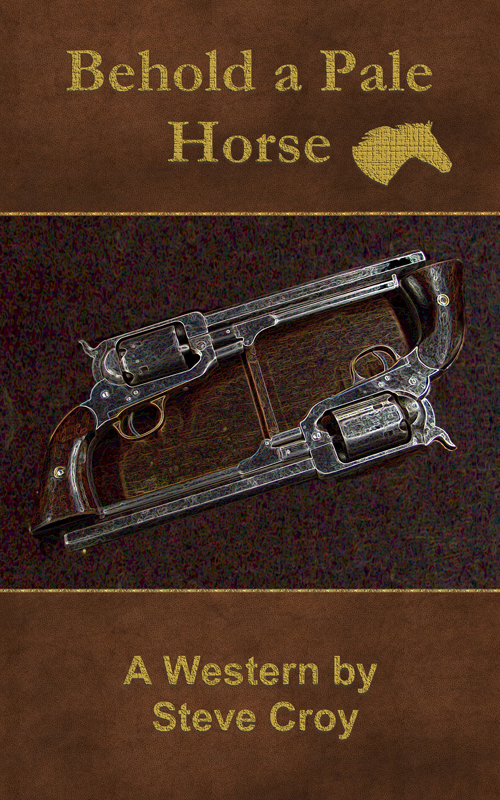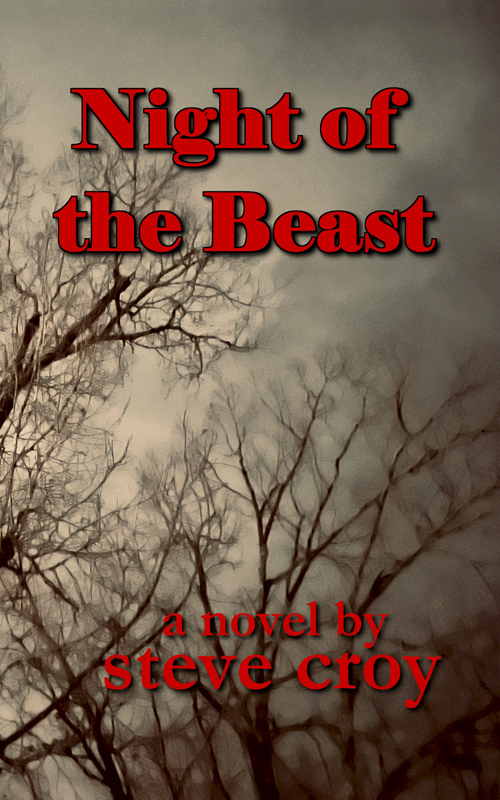Track of the Wolf
Philippe Antoine LaSalle pointed with his index finger. At first his son thought he was pointing at the stream. But, looking more closely, he decided his father was pointing at the paw print on the muddy bank of the stream. “It isn’t beaver,” his father said. “But, the animal came to the stream for a drink. Tell me, what is it that you see?”
The boy studied the track for a moment. There were four distinct toe pads, with the indication of claws that dug into the soft soil of the creek bank. “Big,” he grunted. He puzzled over the mark. “Looks like dog?” his voice raised in question. “Like one of the camp dogs, only bigger.” The boy frowned. “Wolf?”
Philippe ruffled the boy’s hair. “That is the track of the wolf. From the size of that track, it is a big one.”
“Are wolves dangerous?” the boy asked his father scanning the woods on either side of the stream.
“Any animal can be dangerous,” his father replied. “A horse can kill a man, with just one kick. A buffalo won’t eat you, but if one were to trample you, you’d be dead, just the same. Wolves generally leave you alone, if you leave them alone. They are hunters, just like we are. And much of the time they are hunting the same game we are. They are just trying to survive. A lone wolf probably wants to stay away from a man. A pack of wolves might attack a body. But, a pack is more interested in a bigger meal, such a deer, or buffalo. We’re too skinny to feed a whole pack. Just remember any animal can be dangerous, given the right conditions.” Philippe scanned the woods.
“What conditions?” the boy asked, genuinely interested.
“Fear,” his father replied without hesitation. “Fear of being hurt. Fear of being killed. Fear of starving to death. When winter comes and food is scarce, when the snow makes it hard just to walk, let alone hunt. That’s when you need to be most careful. When it’s so cold it’s almost painful to take a breath and the pack hasn’t made a kill in a week. That’s when wolves are most dangerous. Remember the track of the wolf.”






Skinner LaSalle, Hahšitrah ‘His Paw Print’ of the Wolf Clan of the Wyandotte, was a youngster when he became a hunter, trapper, trader, during the era of the mountain man. Fierce competition for furs and prime hunting lands sparked violence between large fur trading companies in the vast western wilderness of North America. Savvy tribes competed with the fur traders and other tribes in order to secure the most favorable terms in exchange for pelts. It took a very tough man to survive the brutally cold winters, the vicious disputes between fur companies, Indians and the wild animals that called the mountains home. Skinner LaSalle was a survivor. But, as the last rendezvous was relegated to the dustbin of history, the fur trade came to an abrupt end.
The Oregon Trail passed through territory that was anything but settled. Stretches of the 2,100 mile journey were nearly desolate—from Fort Leavenworth, the next place to stop for supplies was nearly 800 miles distant. Cholera, smallpox and other diseases could run unchecked through a group of travelers. Wild animals were a threat: coyotes, wolves, mountain lions and massive bears that feared nothing, could prey on livestock and humans as well. The plains were not deserted; some tribes were willing to trade, some tribes were hostile; few welcomed any permanent settlement on traditional tribal lands.
Skinner LaSalle was forced to choose a new career when the fur trade collapsed. An impulsive decision, that nearly got him killed, launched his new career as a wilderness guide for wagons headed west. He proved to be a valuable asset to any group of pilgrims headed for the Oregon Country. Skinner LaSalle could hunt. He knew where to find water. He could fight. He had learned how survive in the harshest of environments. More importantly, during his years in the wilderness, he had learned to recognize the track of a wolf—two legged, or four legged.
Order Now!
Track of the Wolf
Click on the image for a larger view of the front cover. Use the buttons to order a Paperback edition, a Kindle version, or a Nook version of the novel today! If you have read the book, let me know if you enjoyed the story. It is easy to do; just click on this link to fill out a review. Thanks!
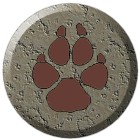
The figure on the book cover is from a digital photograph taken at the Booth Museum of Western Art in Cartersville, GA.
For more tales of the west, try the novel Anasazi Trail or The Resurrection of Cain. Happy reading! - SC
